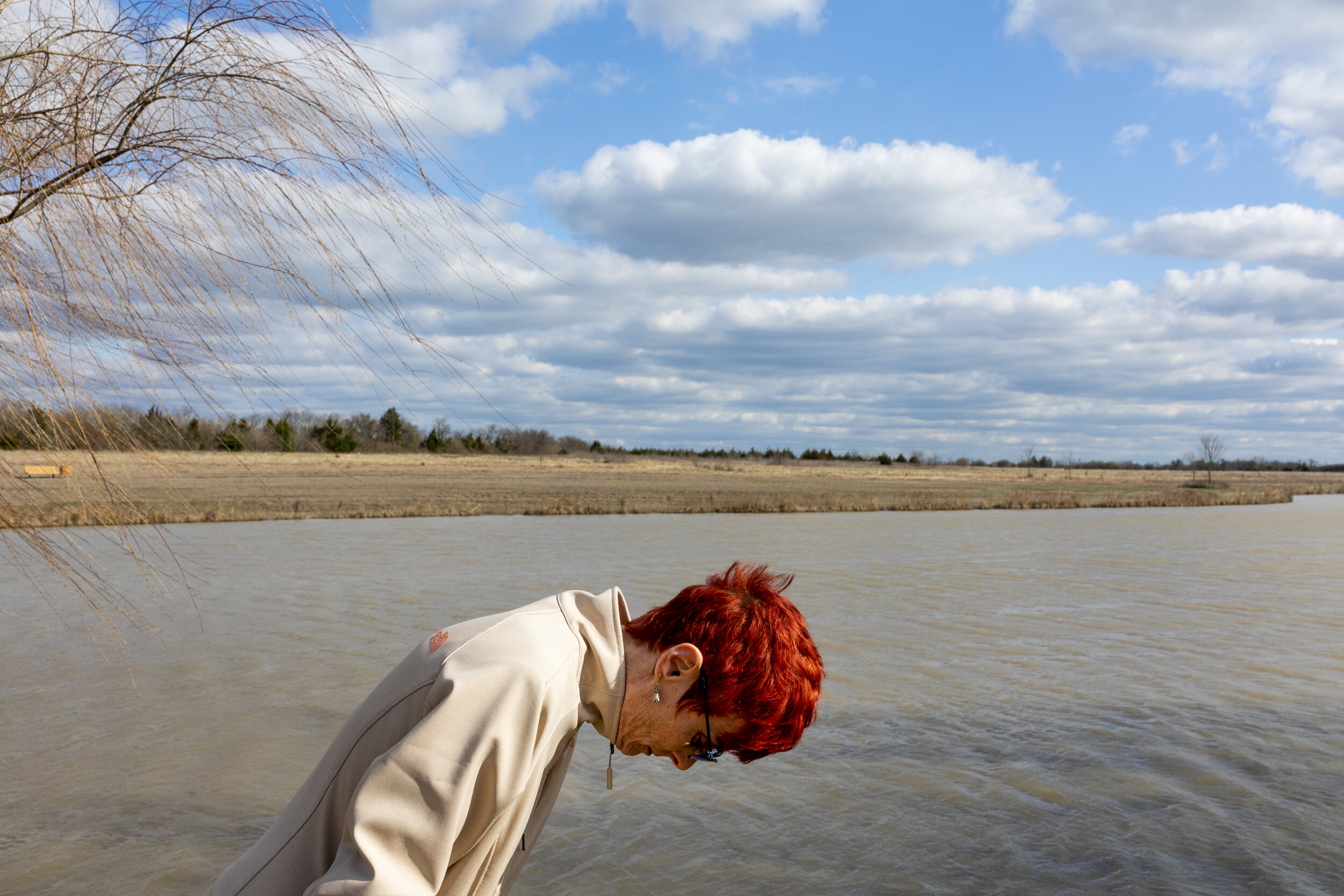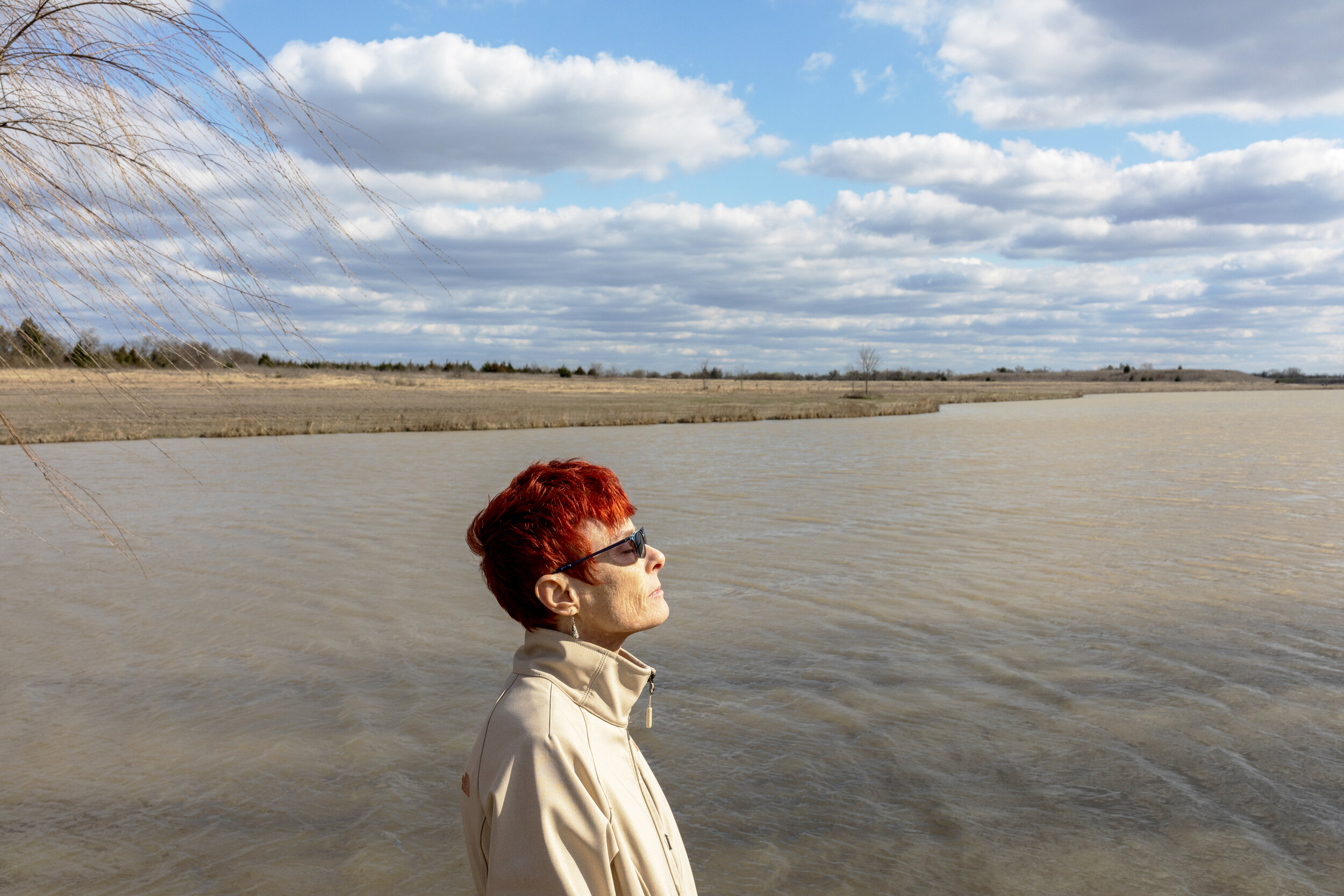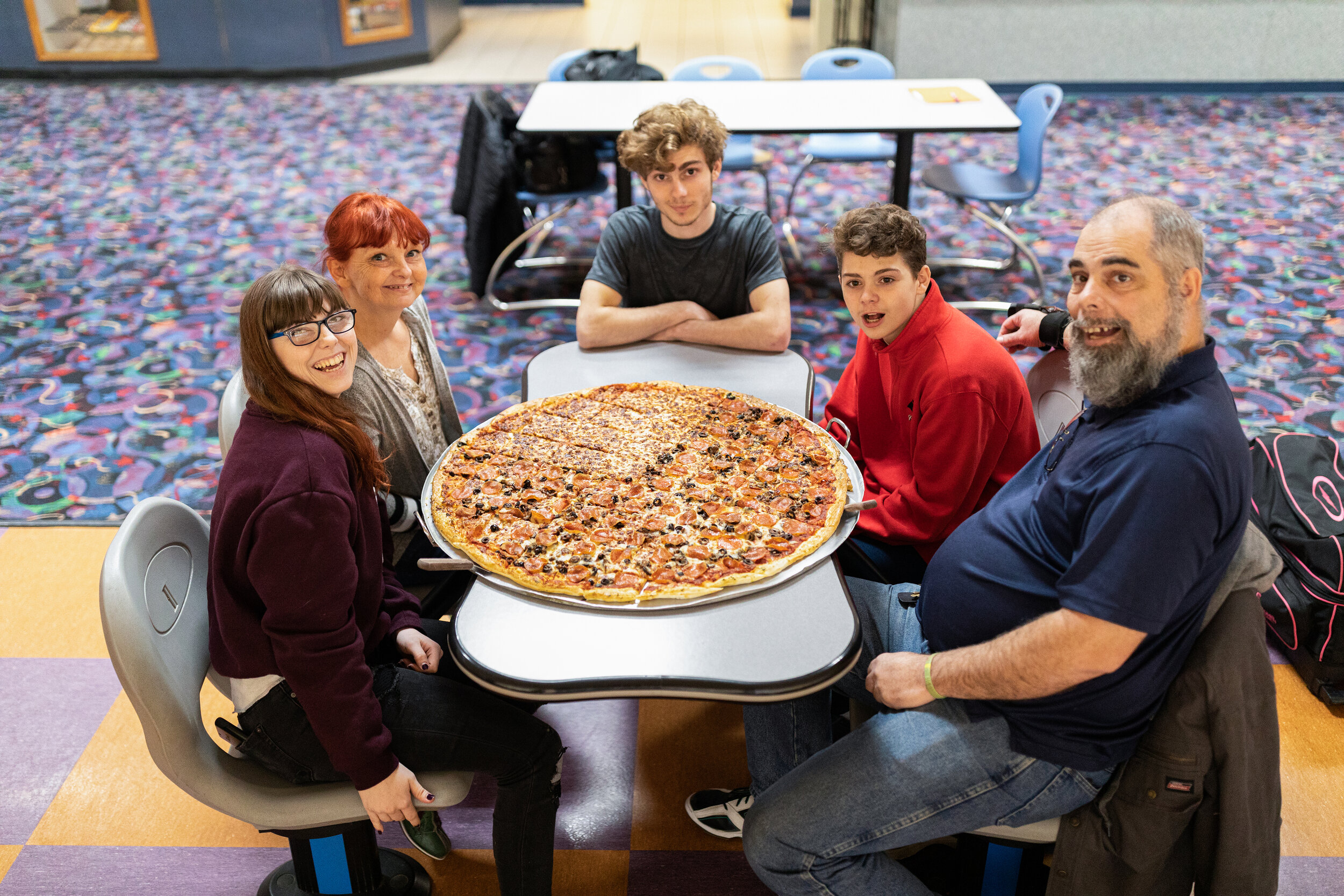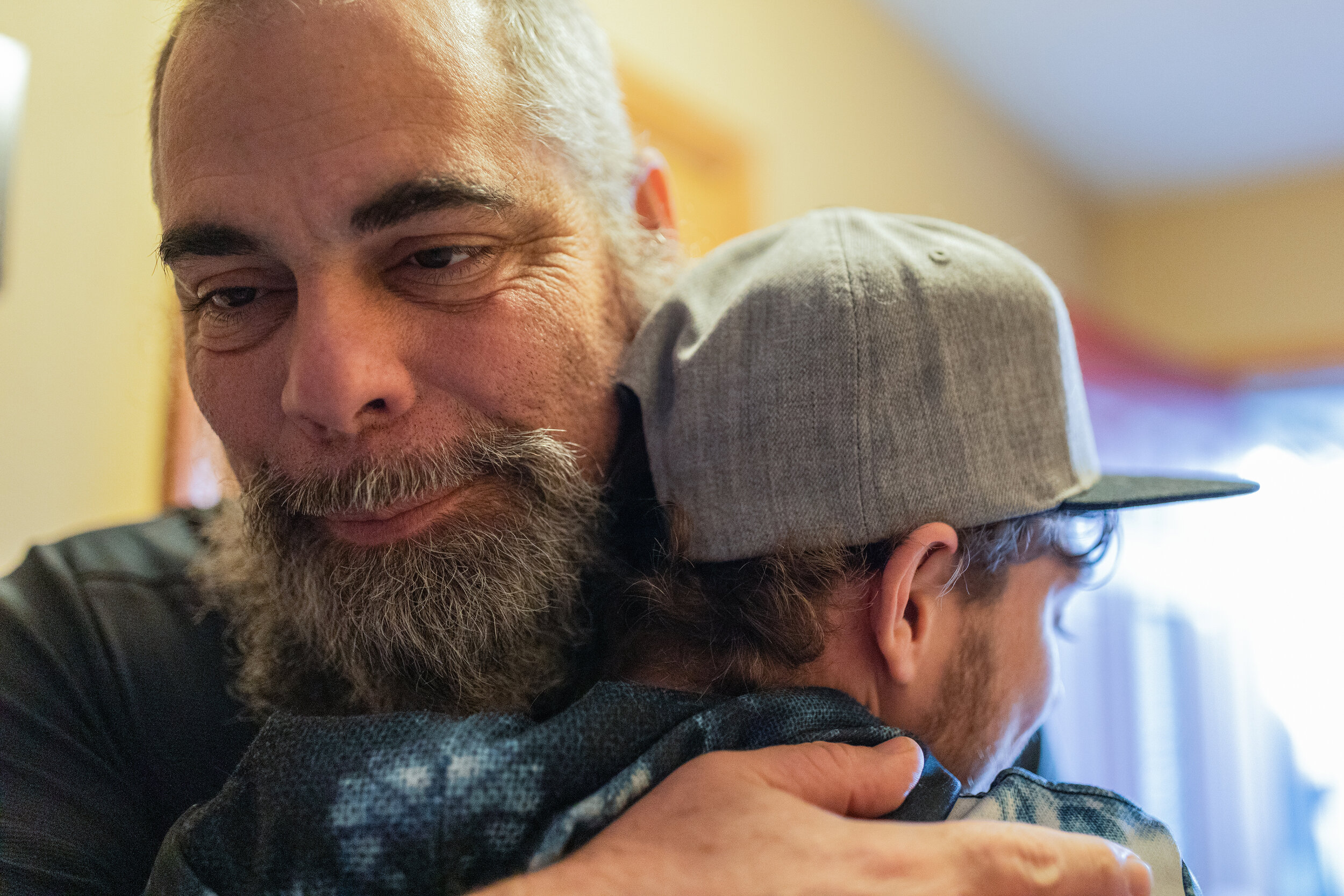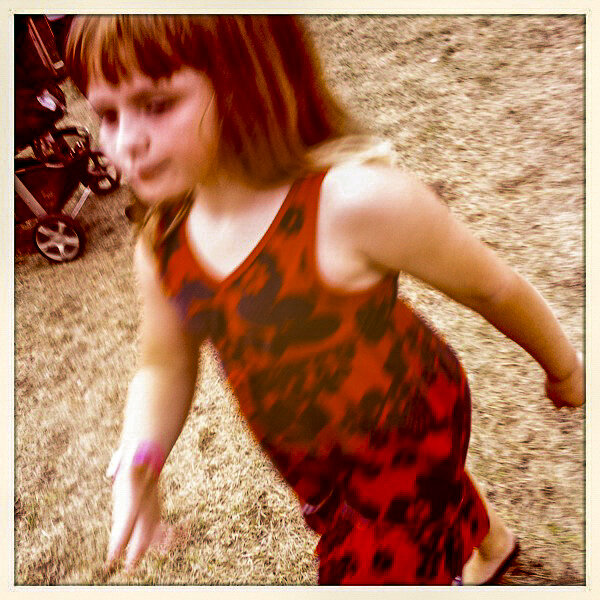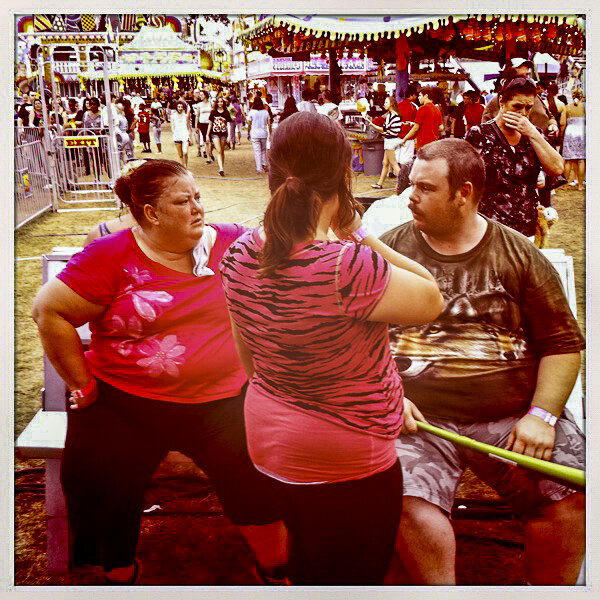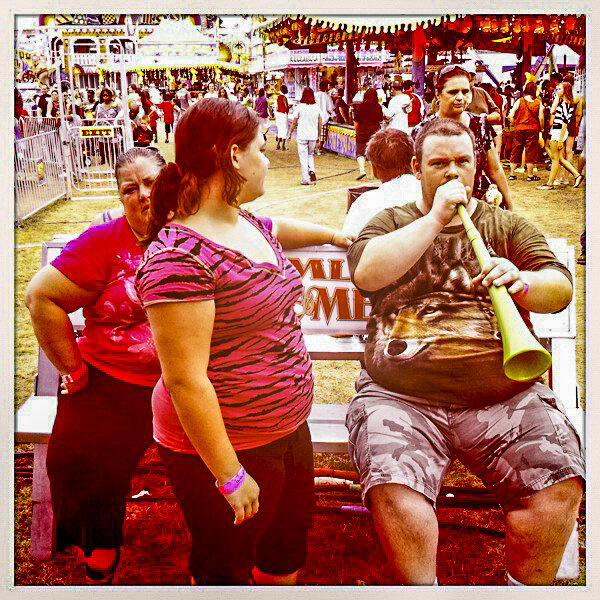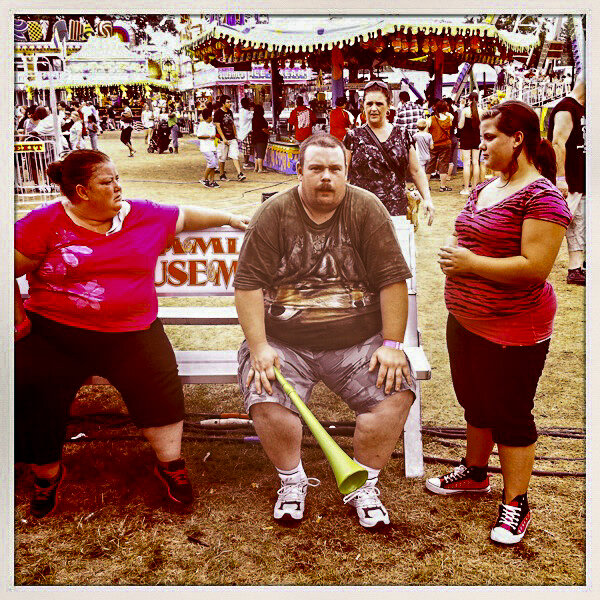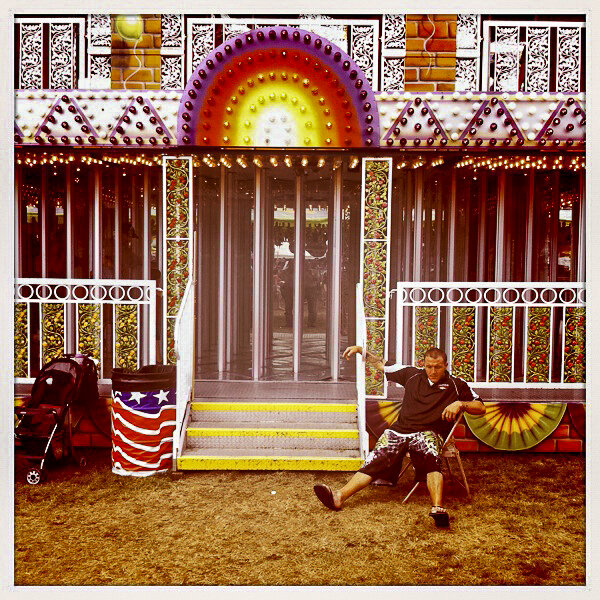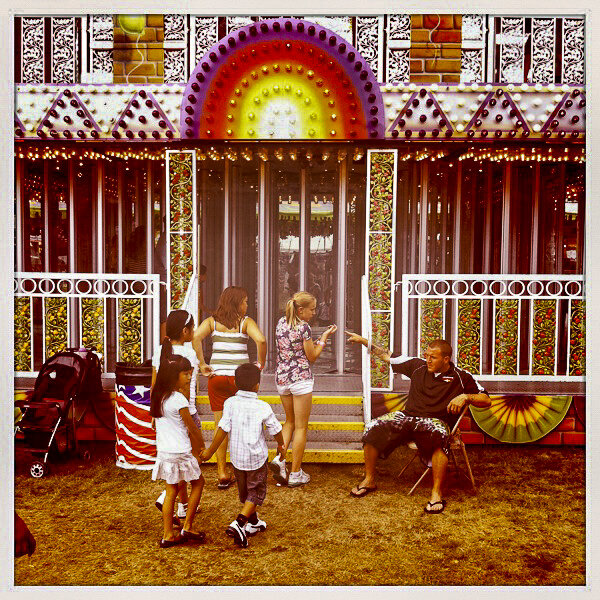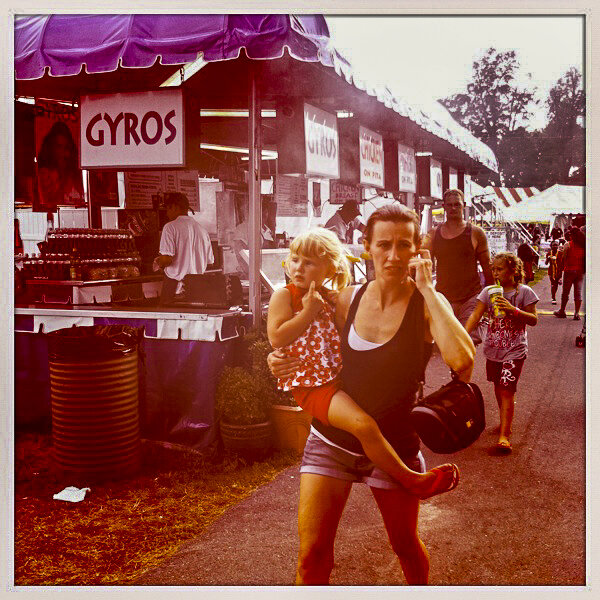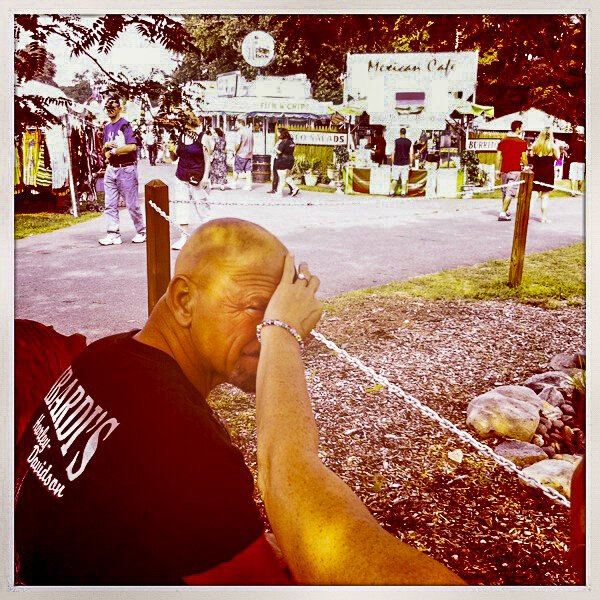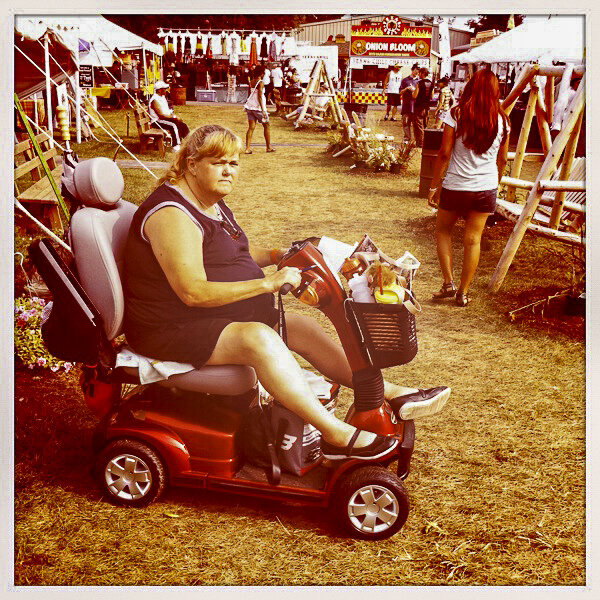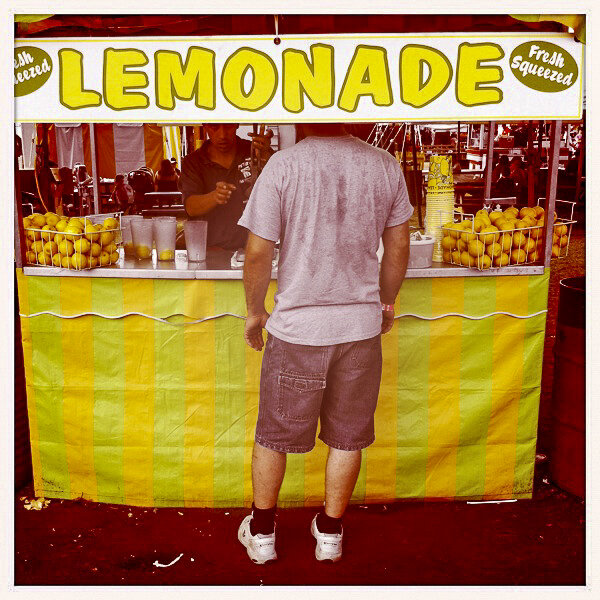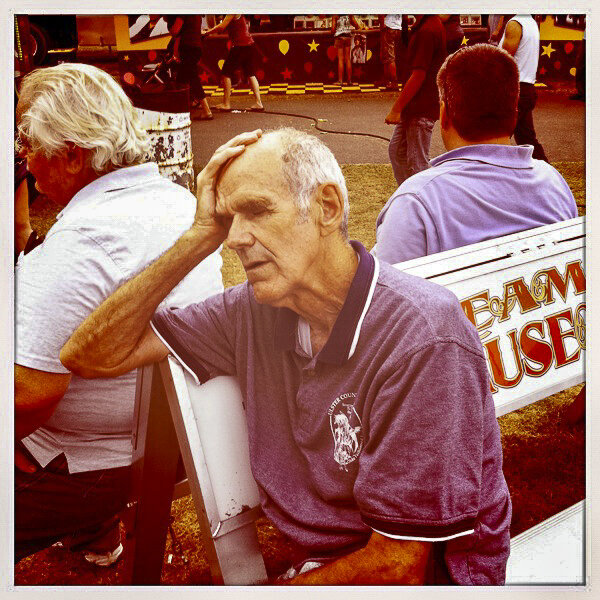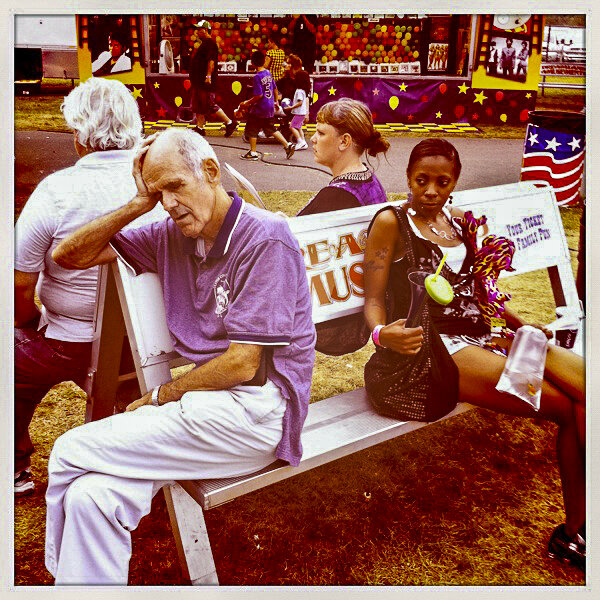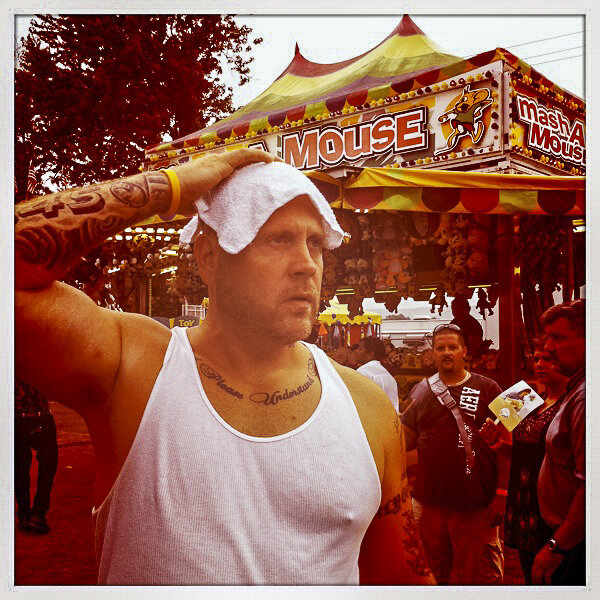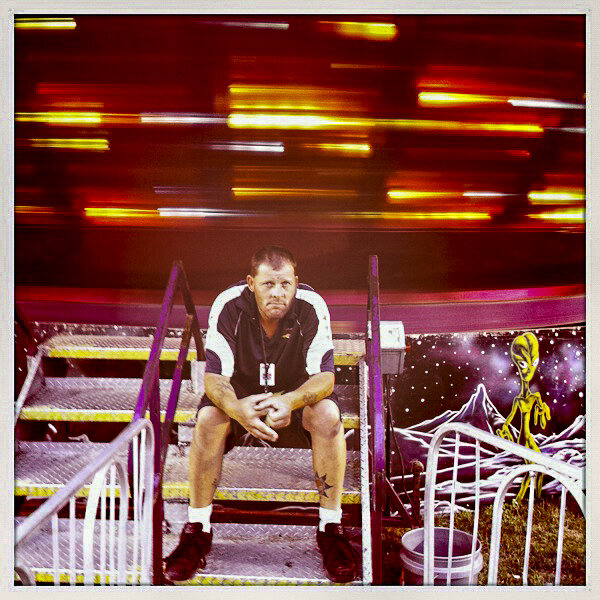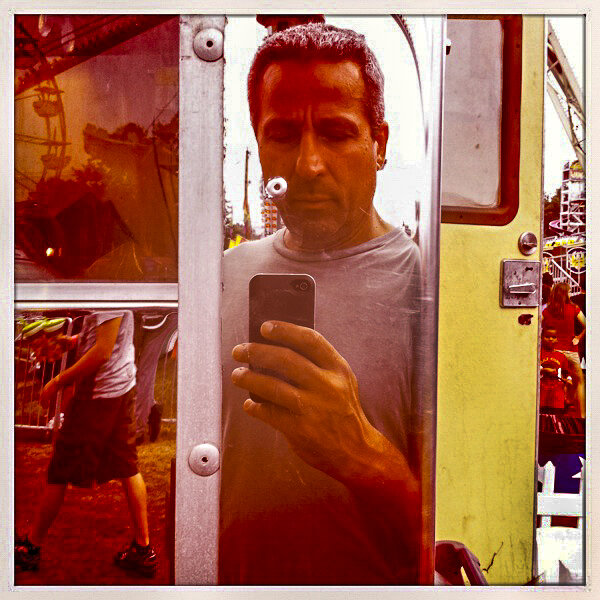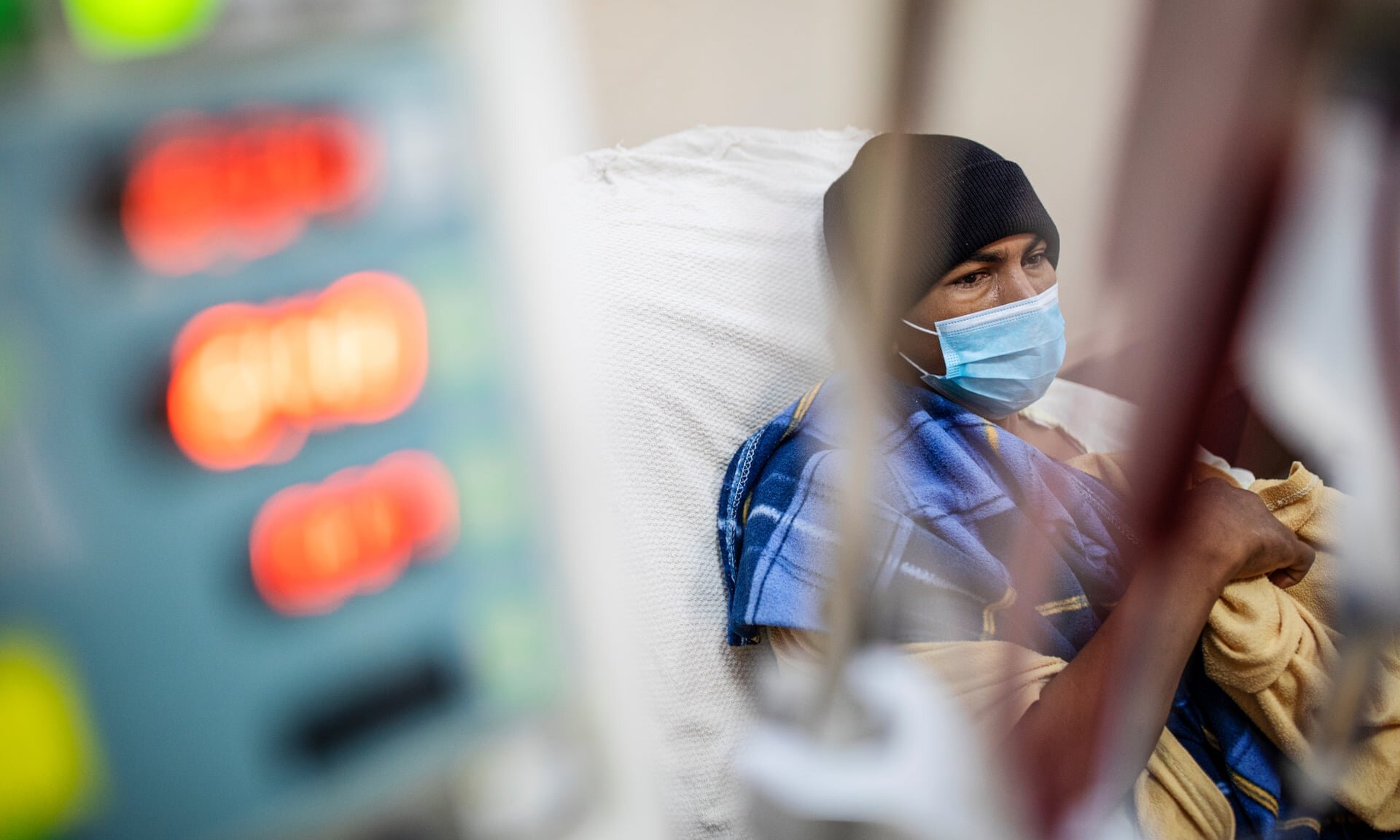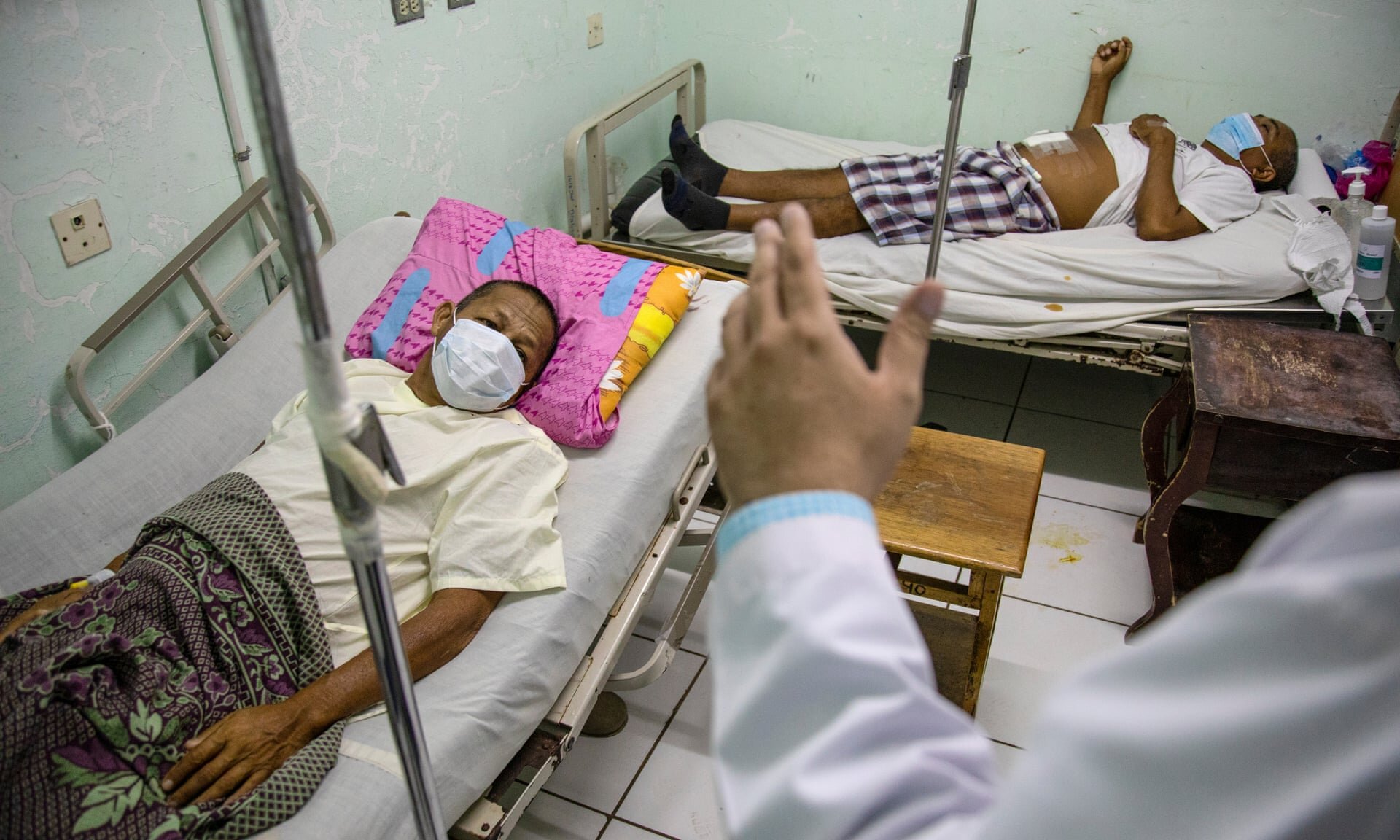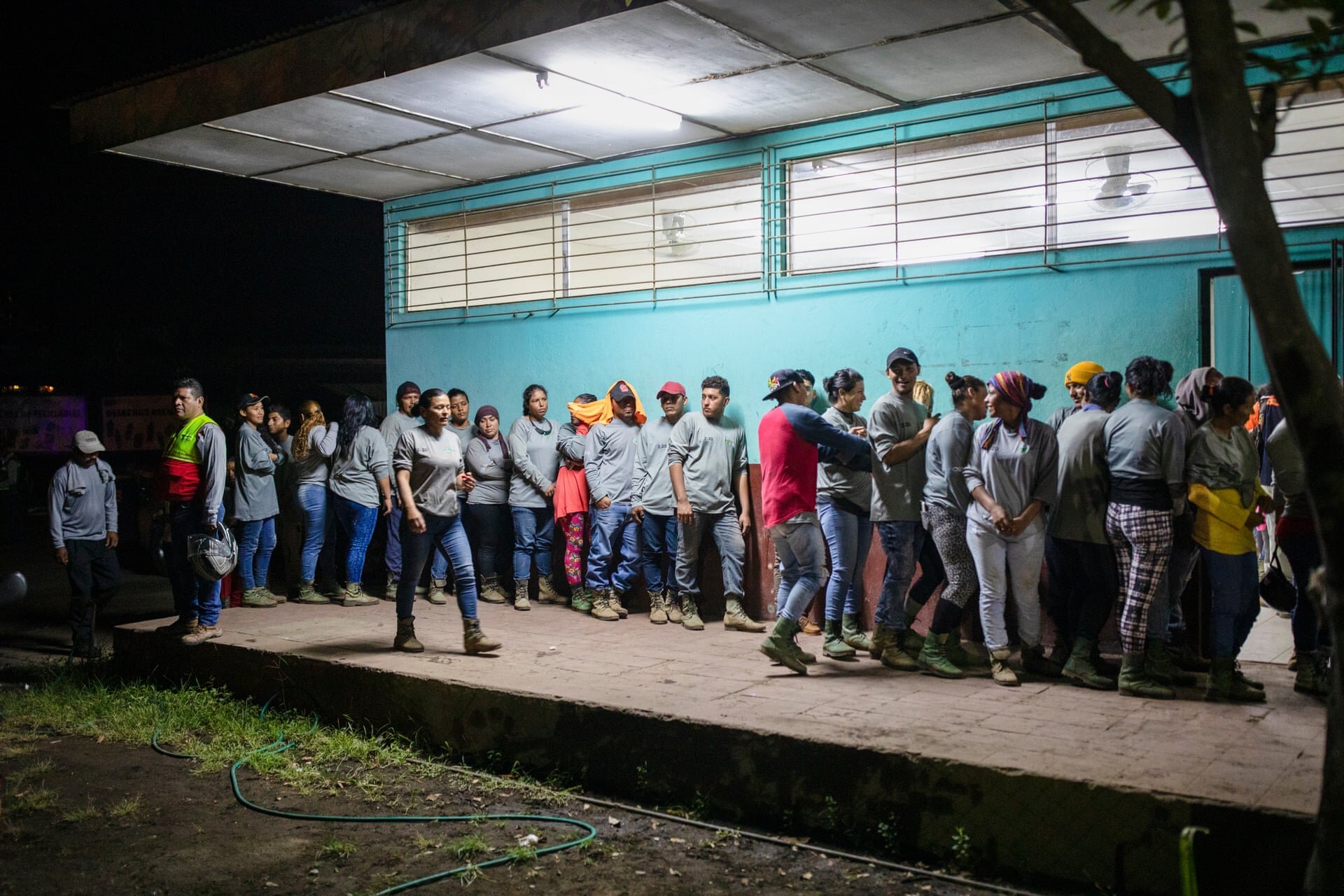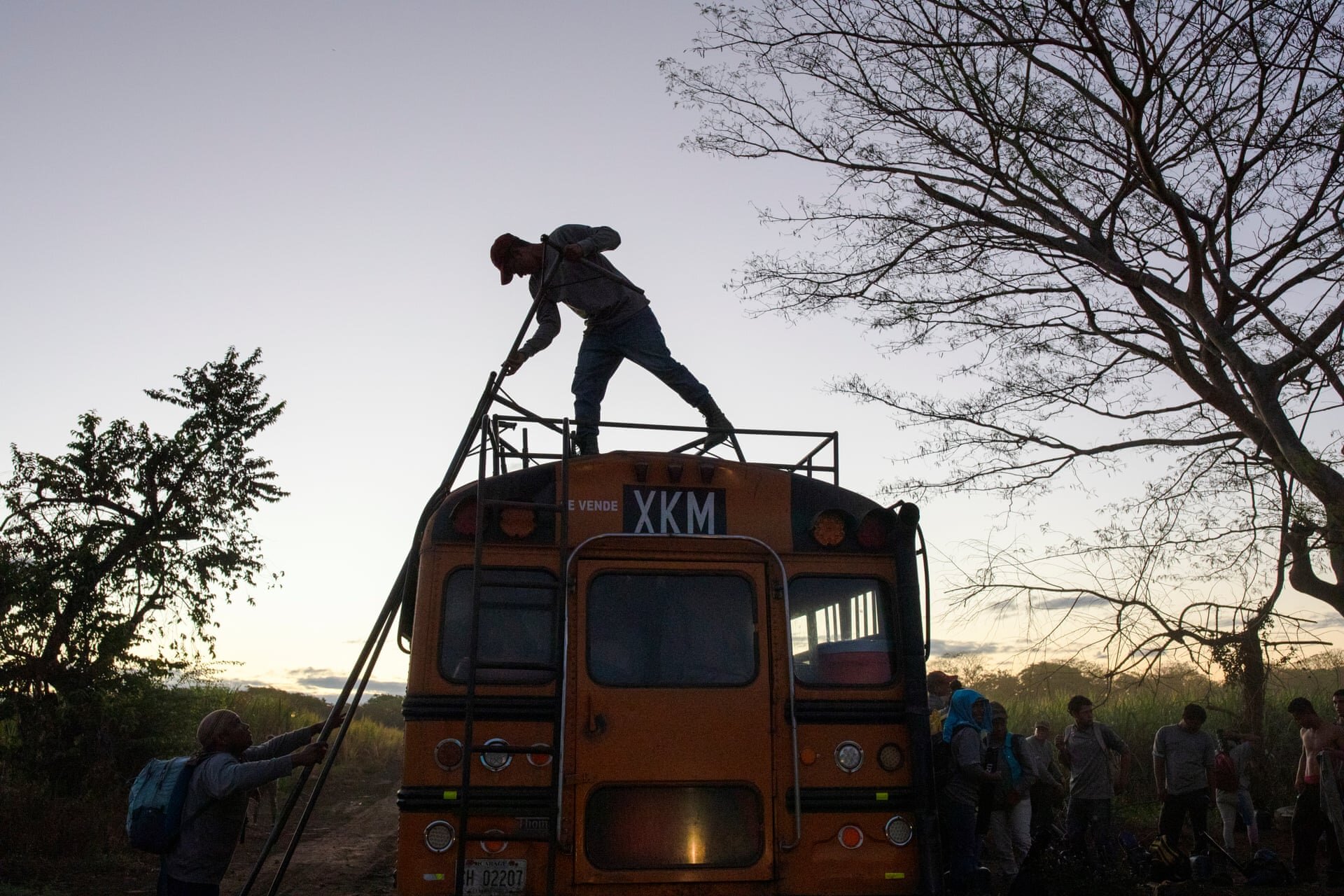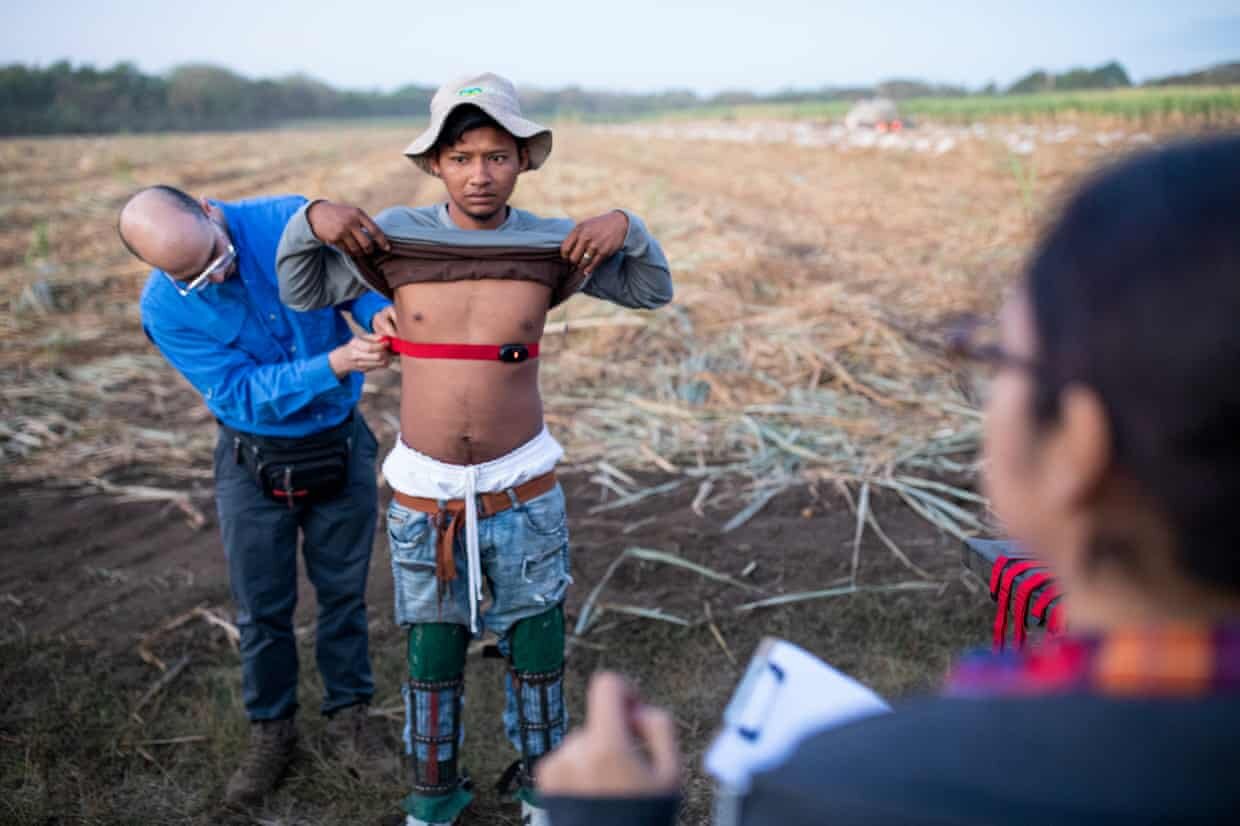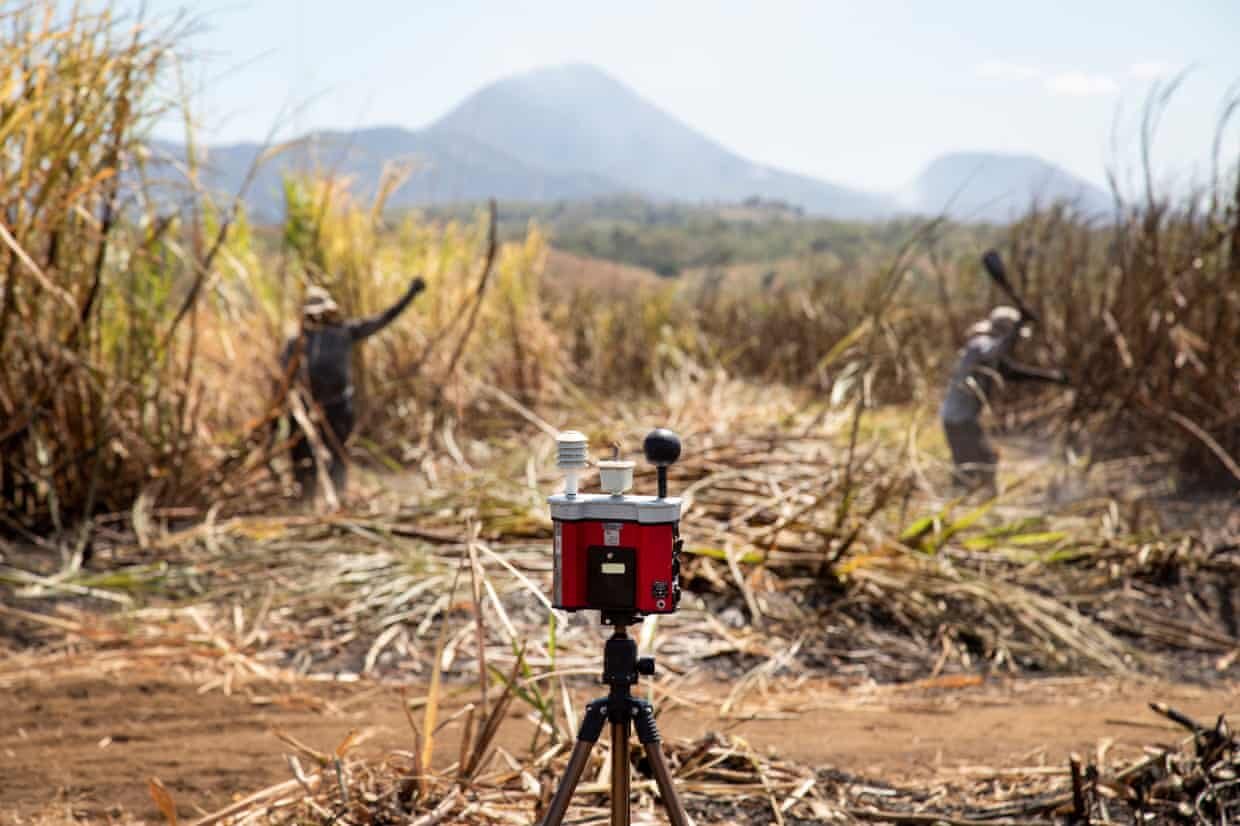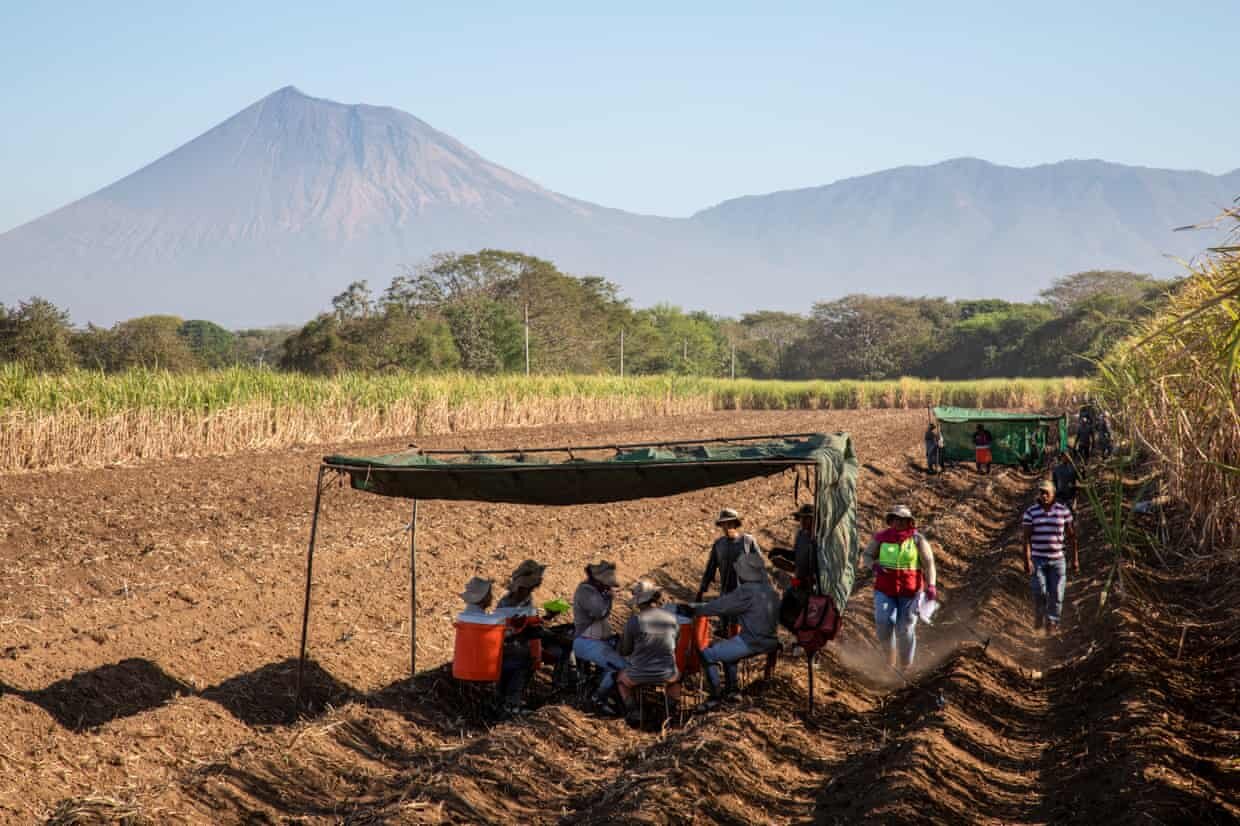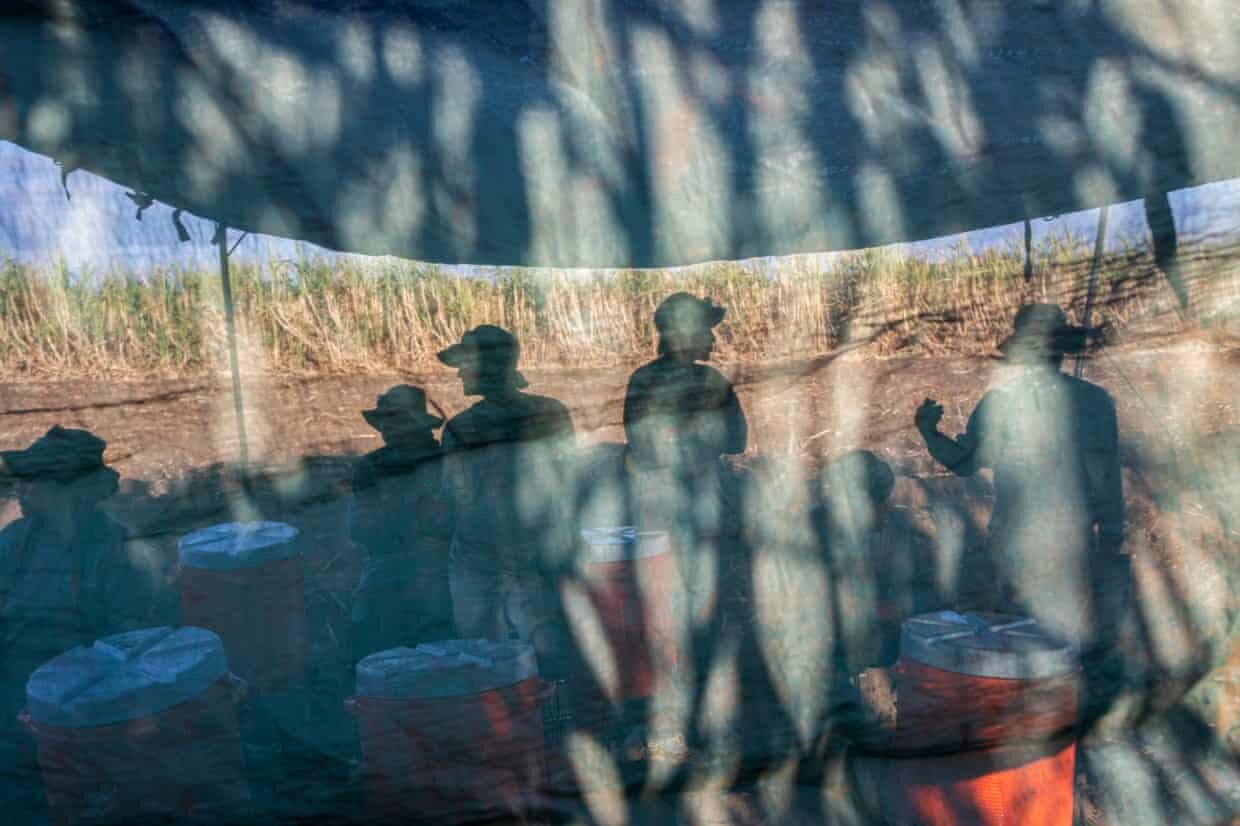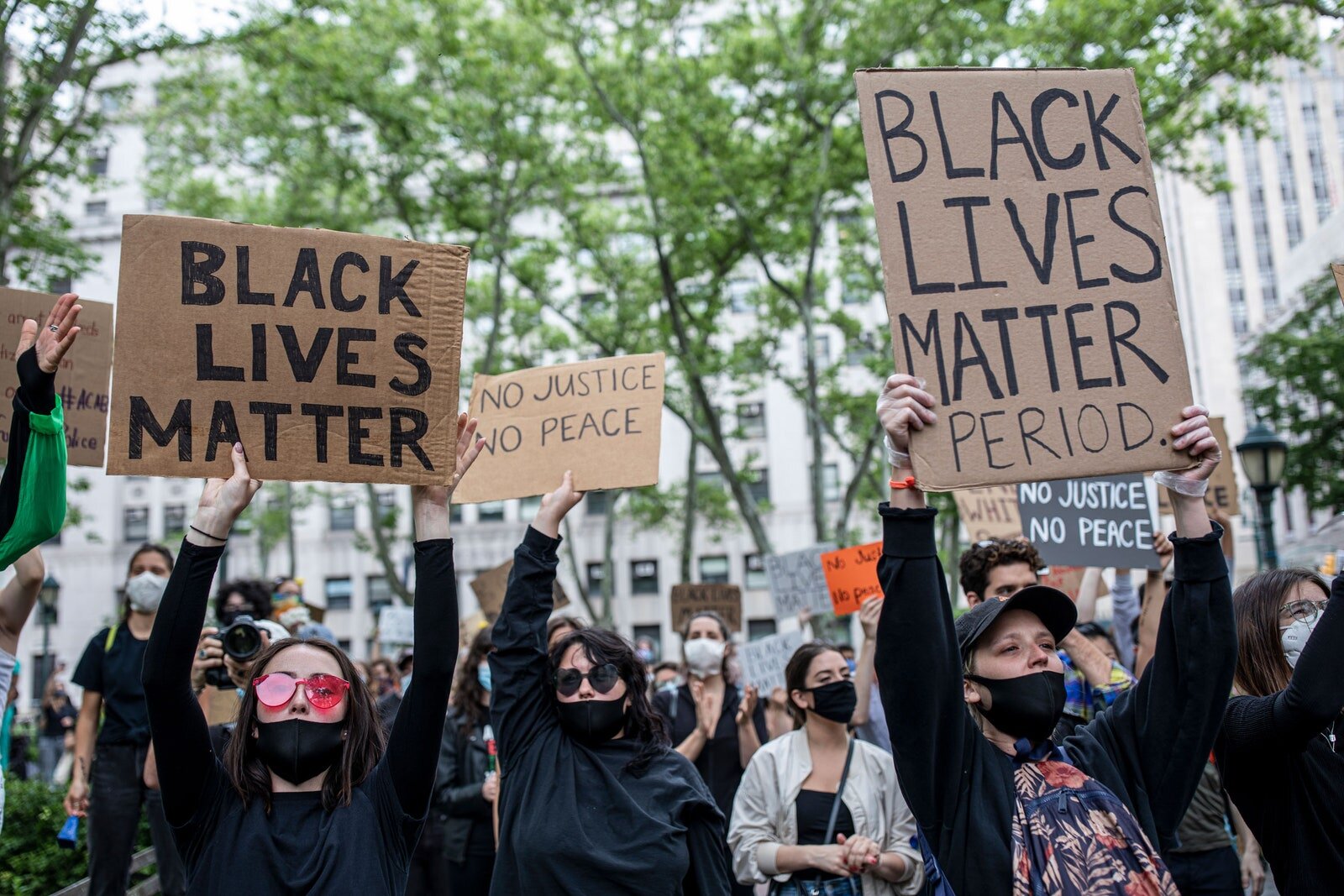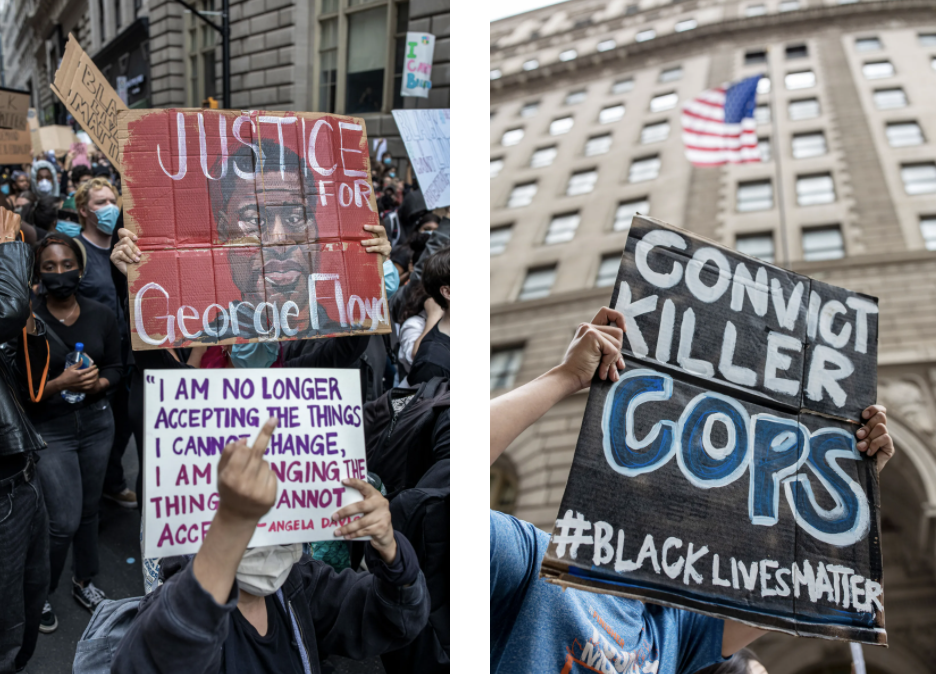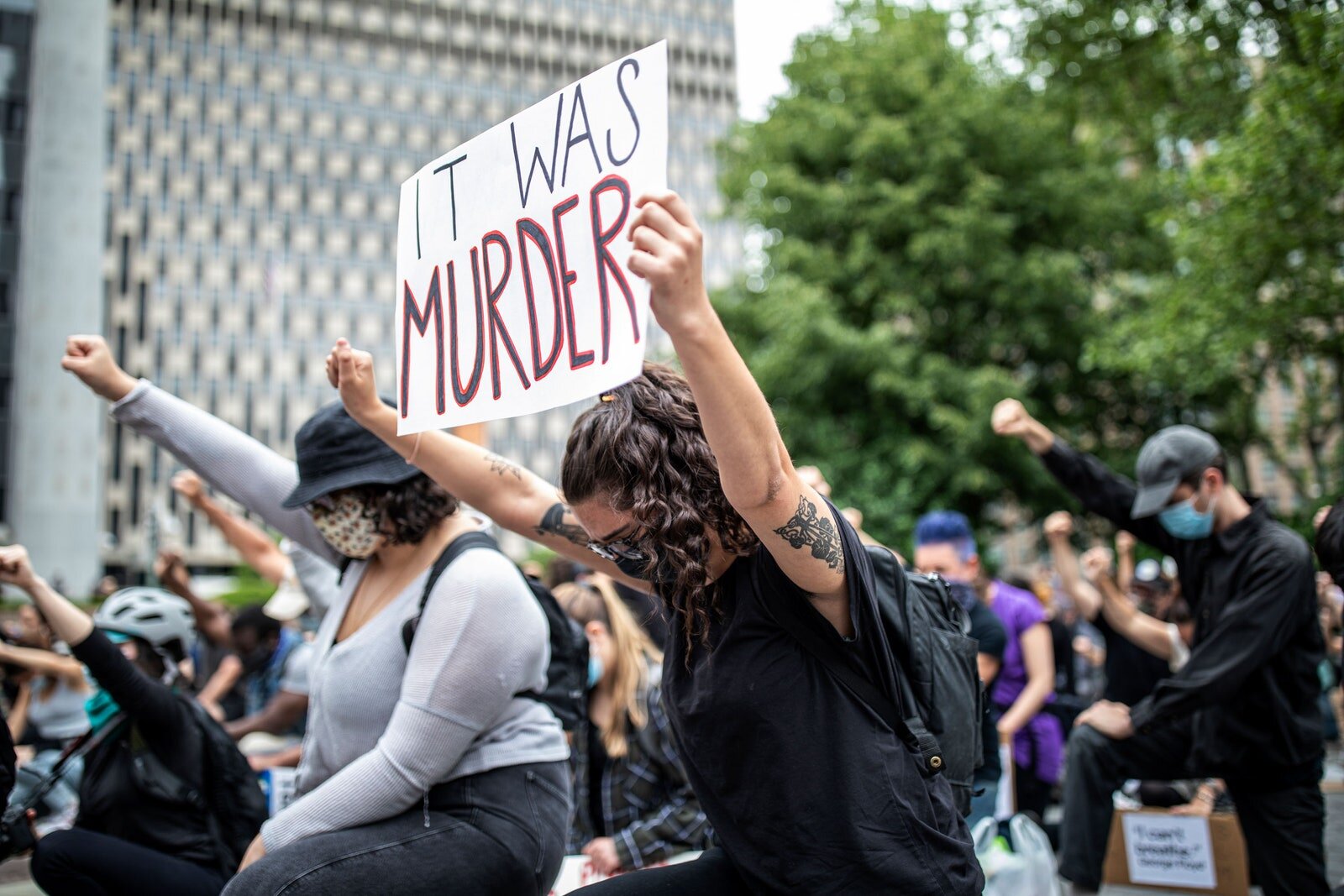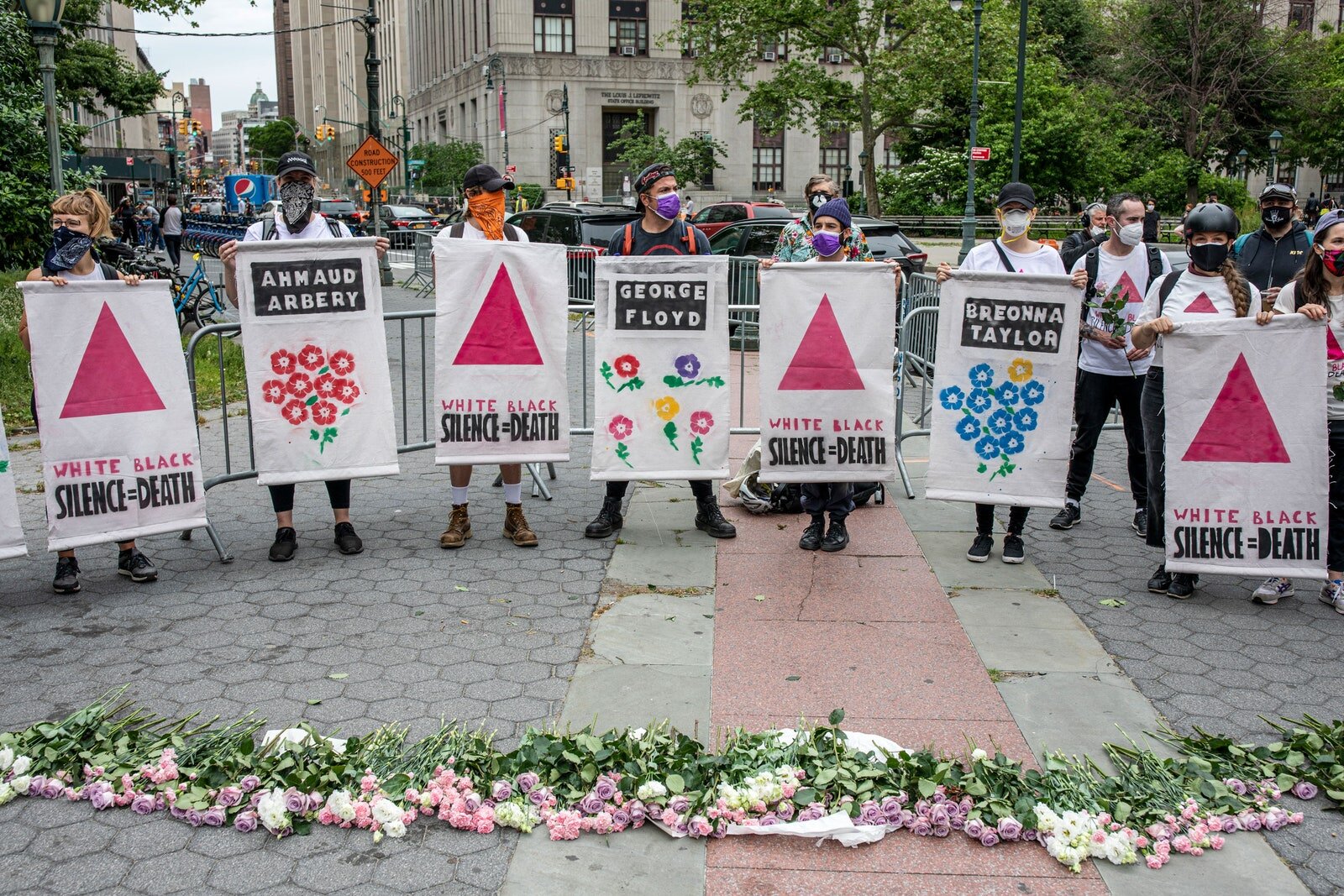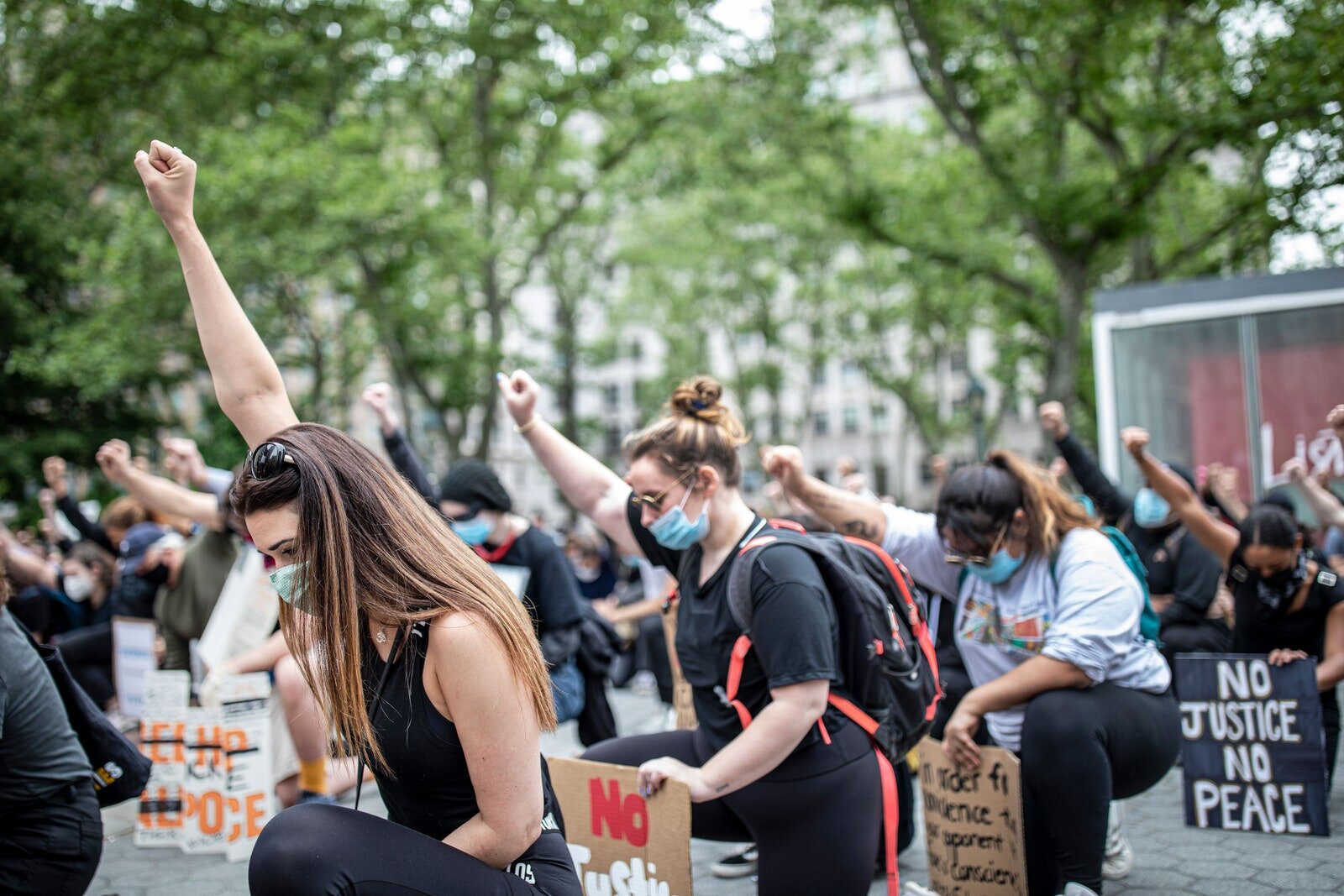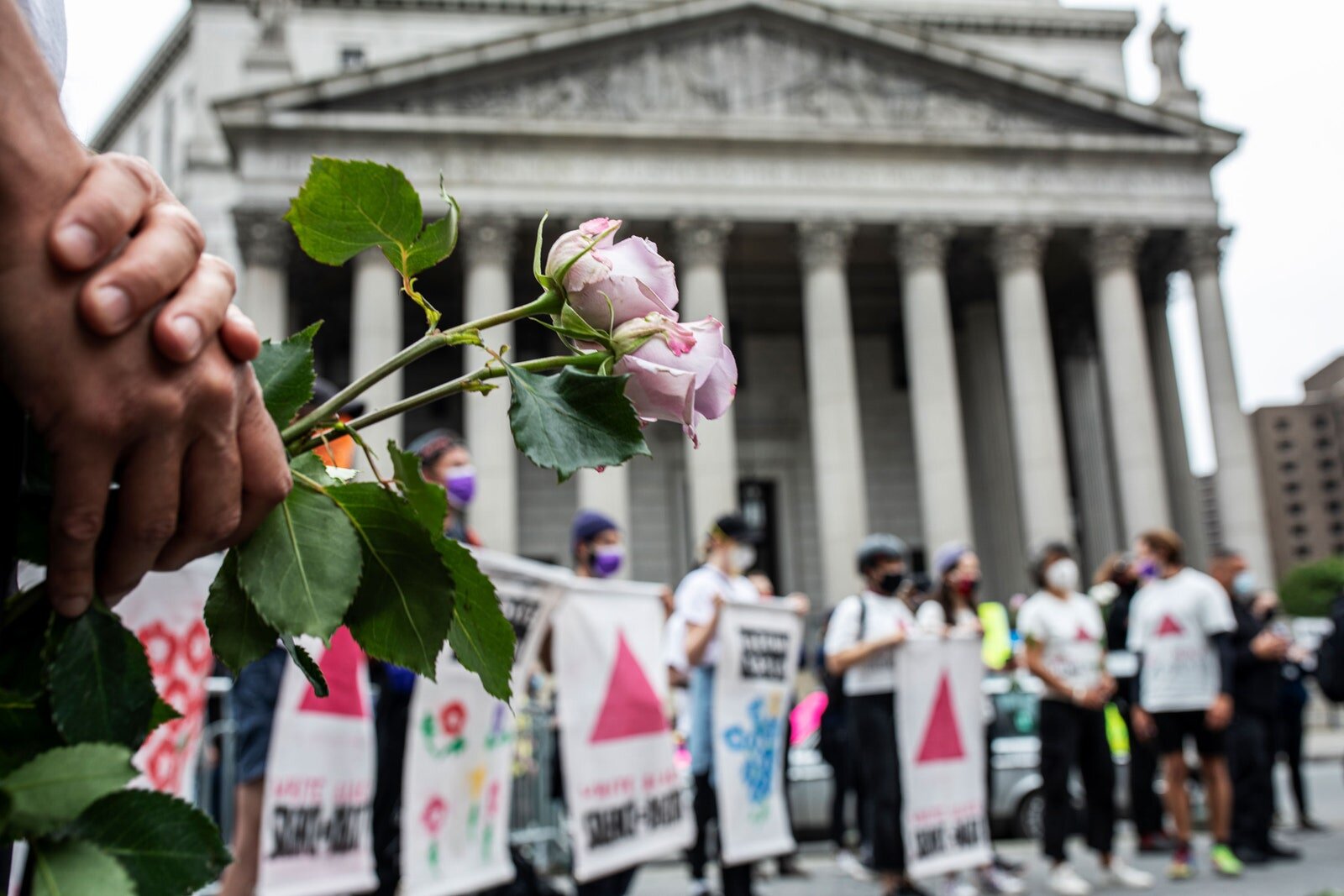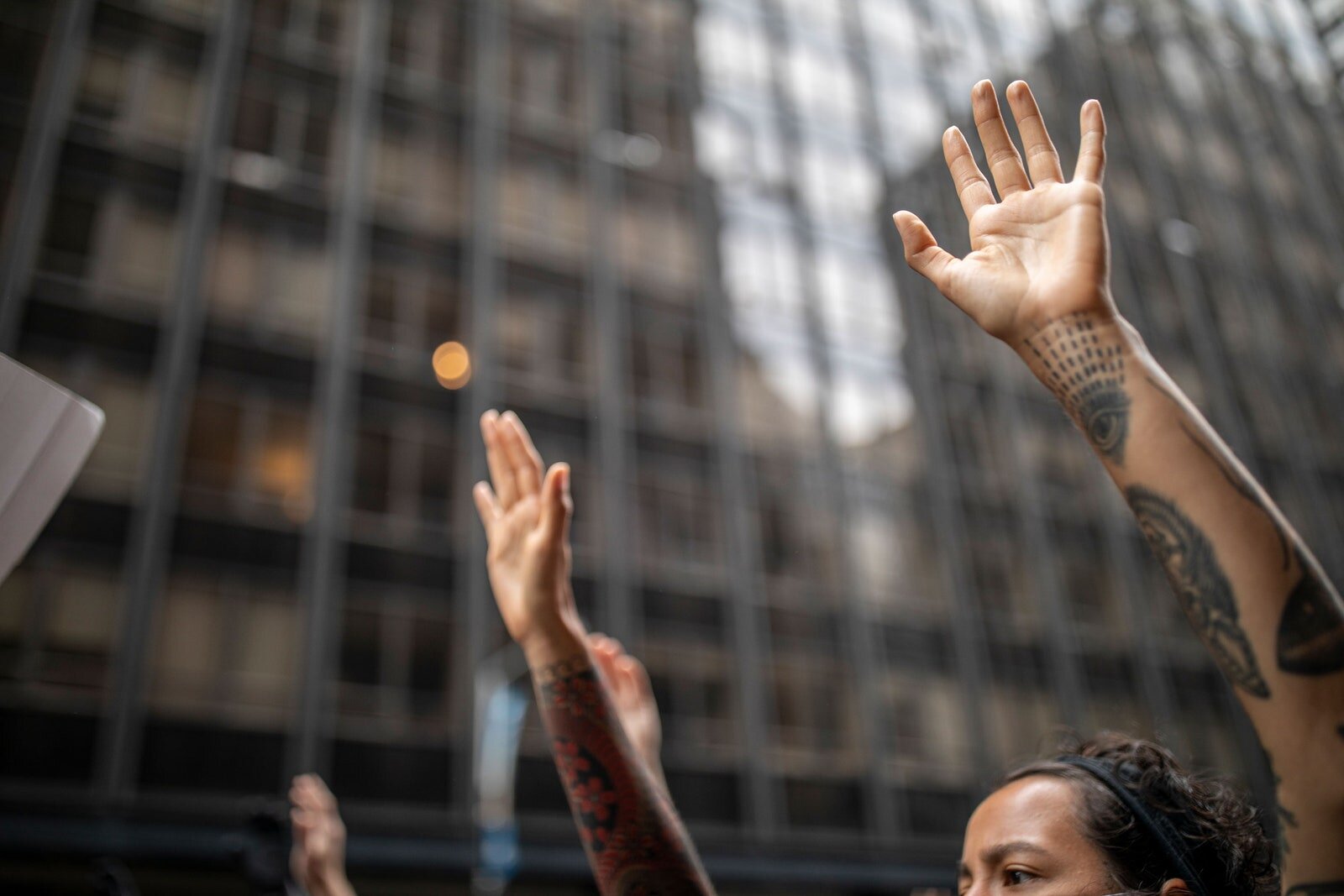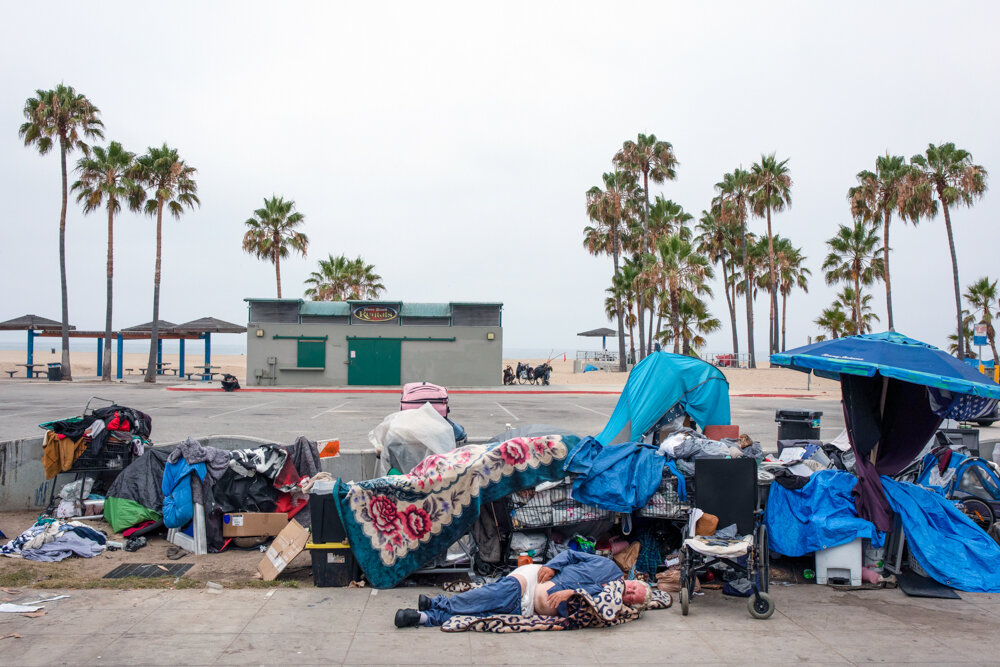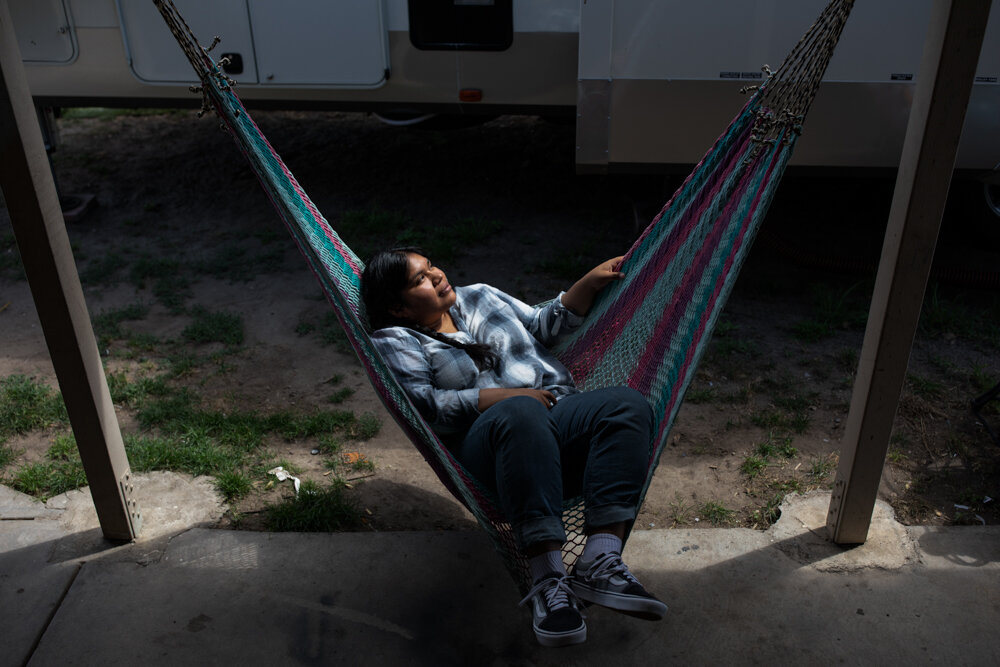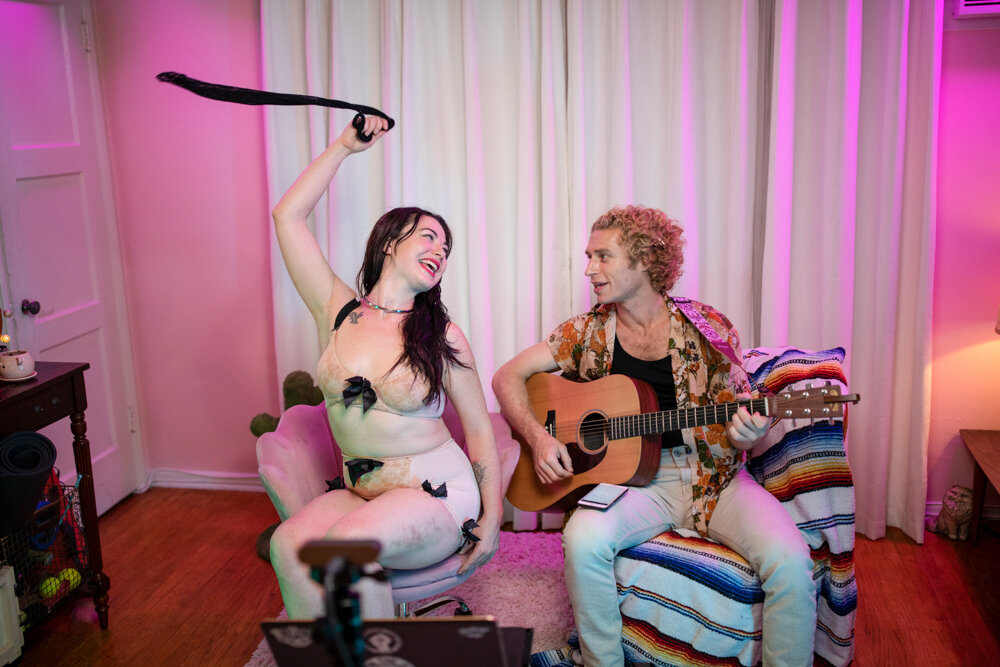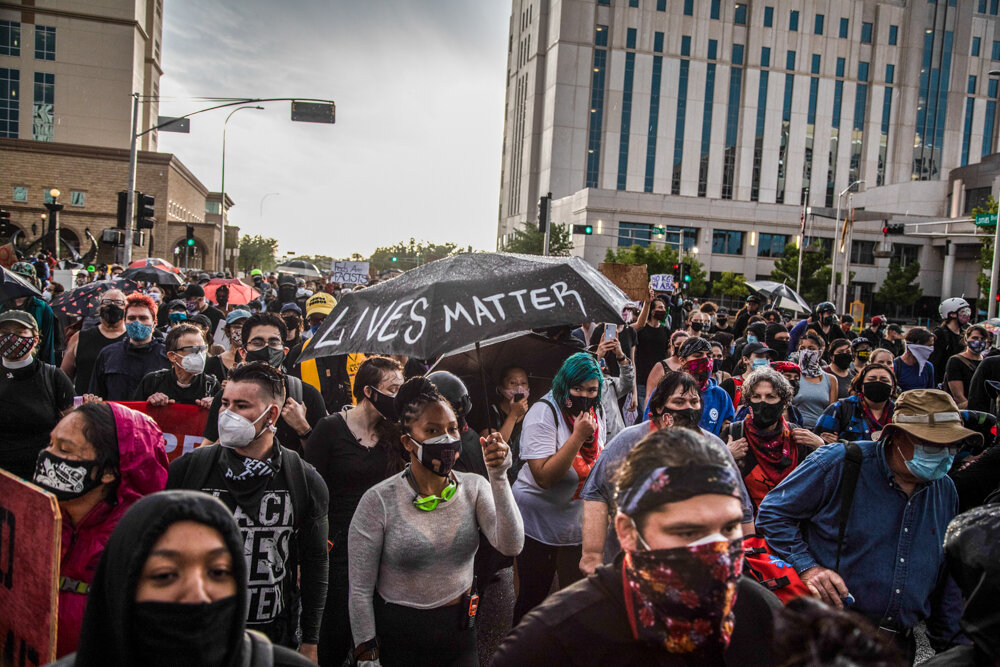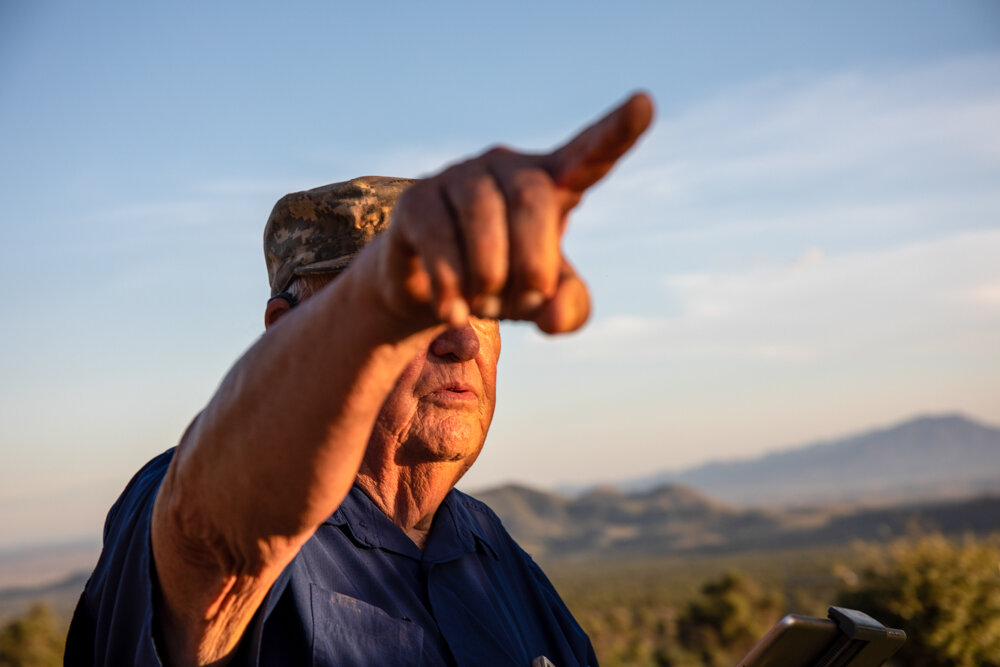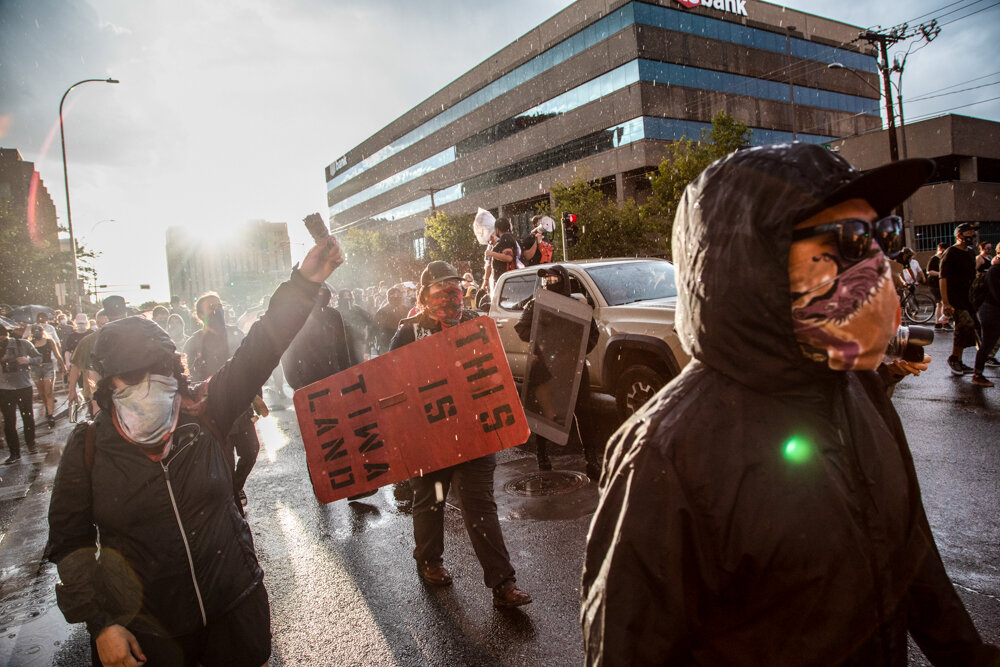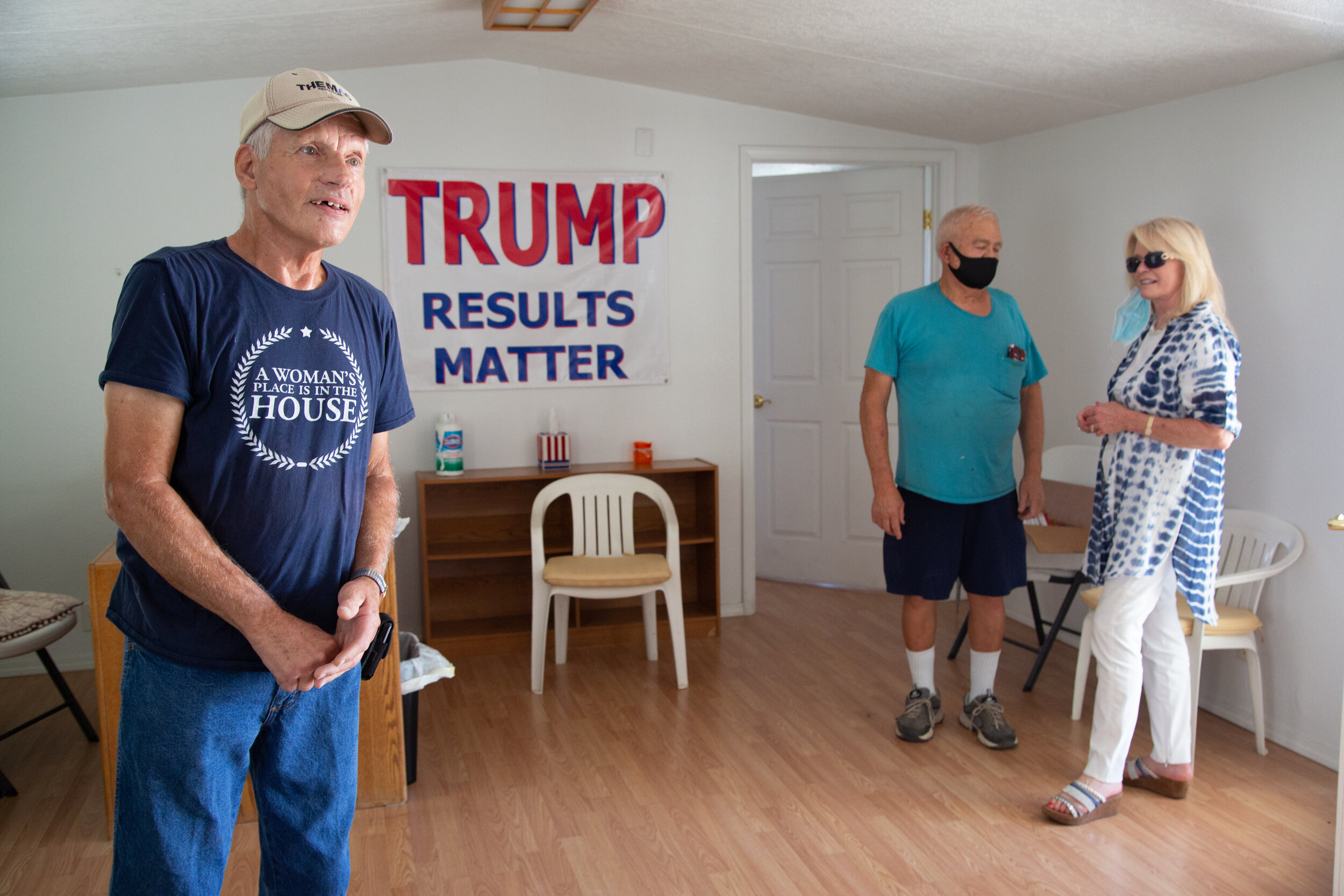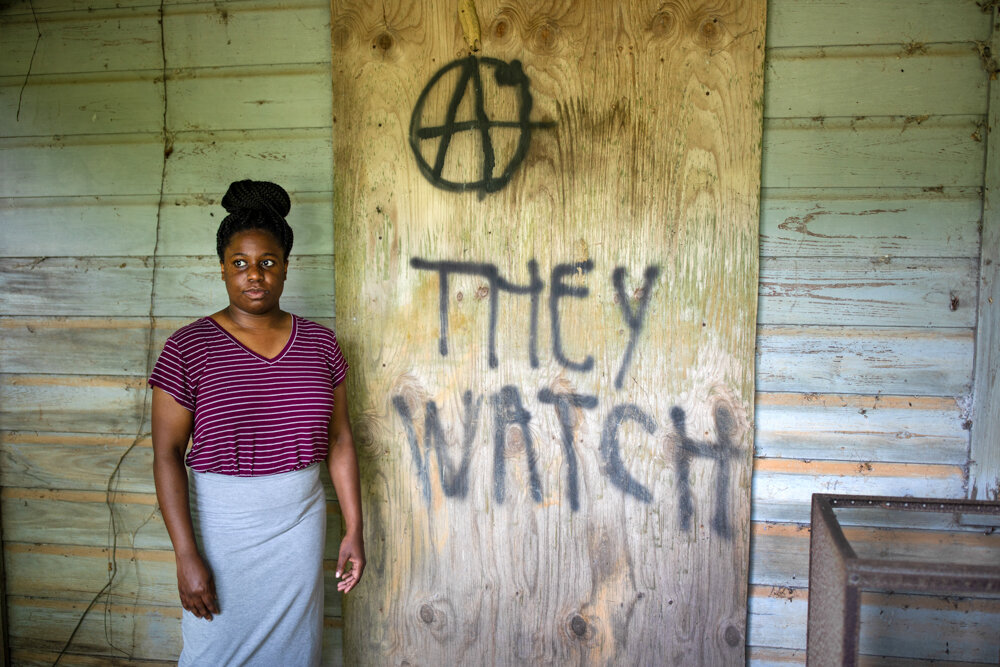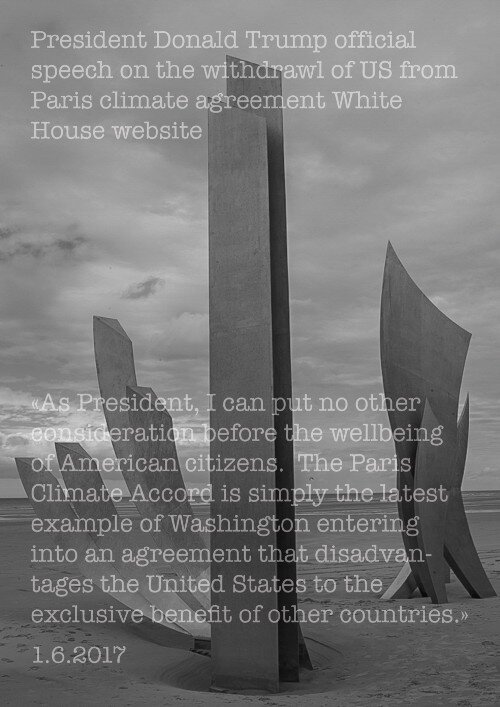“I try to make a positive impact on the world”
Interview: Nezih Tavlas / July 7, 2021
Photojournalism News: What drew you to photojournalism?
Ed Kashi: The desire to tell stories about issues that I move me either on a personal level or as a journalist, whether social or geopolitical. I wanted to be a writer and when I discovered photography and the powerful and inspiring work of photojournalists and documentary photographers, I was determined to apply my desires into this medium and the craft. Photojournalism has provided the perfect synthesis of my desires, to engage with the world, learn, observe, analyze and tell stories with meaning and impact.
Photojournalism News: What equipment do you use? Do you have a favourite lens/camera?
Ed Kashi: I have used Canon equipment since 1977, including now working with their video cameras. Over the years I have also worked extensively with Leica equipment and more recently Fujifilm cameras.
Photojournalism News: What social media platforms do you use?
Ed Kashi: Instagram, Facebook, Twitter and LinkedIn, and I see myself as a publisher.
Photojournalism News: How do you prepare yourself before any assignment? What would you put in your camera bag for a typical task?
Ed Kashi: I do my research of the issue so I can speak to it with authority and confidence, I learn about the place, culture, etc so I can dress, behave and interact in a sensitive and appropriate way, and in my camera bag is usually 1-2 cameras, a couple of lenses, a flash, and all the accessories like batteries, media cards, etc. I like to work light with gear and focus on the emotions, people and environment.
Photojournalism News: How would you best describe your style of work? What are you trying to say with your photography?
Ed Kashi: I want to capture “candid intimacy” to make people feel they are privy to compelling moments without the imprint of my presence. Visually my work is layered and complex to help tell visual stories.
Photojournalism News: How many photos do you take for one story?
Ed Kashi: There is no formula. I can make 3000 images in a day or in a week. It all depends on the length of the story, type of story it is and how easily I can work in a given place or situation. Some places allow me to work freely and some are very difficult due to security or cultural issues.
Photojournalism News: What is the last trip you made?
Ed Kashi: I last went to various locations around the United States to work on a documentary film about teen mental health.
Photojournalism News: What projects will you be working on next?
Ed Kashi: I have a new book coming out that is a kind of love letter to photography based on a particular style and approach I’ve developed over the past 40+ years, I am working on a Zine about my California Years, I will be doing a NYT assignment about chemical pollution in the United States, I am teaching workshops in Mexico, Paris and the United States, I’ll be continuing to film on an ongoing project about environmental justice and my studio is working on developing legacy edits of my work to present to museums and galleries. I also have lectures and film screenings coming up around our new film, Sheila and Joe, including in person events in New York City. So my practice at this stage in my career is expansive, complicated and I have my hands in a number of different areas besides just shooting photographs and filming.
Photojournalism News: Which of your photographs would you describe as your favourite? What makes them so special to you?
Ed Kashi: I don’t think in this way, so it’s hard to answer questions like this. I have images from certain bodies of work that are important to me and I know have had impact, and there are random images made over the decades that speak to me. The images that are most impactful are the ones I care most about, including images from my projects on Aging in America, the Struggle of the Kurds, the impact of oil in the Niger Delta, Nigeria, and my current project on Chronic Kidney Disease of non-traditional causes. What they all have in common is intimacy, visual strength, a powerful moment and a deeper context that they reside in.
Photojournalism News: What message do you want your photos to convey?
Ed Kashi: I don’t have one message, but the overall goal is to capture moments that reflect the human condition and remind us of our shared humanity, in all its beauty marks and worts.
Photojournalism News: What does a photo need to be a great in your eyes?
Ed Kashi: A great photo can be made up of many qualities, but the most important one for me is that it has authenticity and impact.
Photojournalism News: In the digital age people consume billions of photos every single day, under the circumstances what could make a photo memorable?
Ed Kashi: Beauty, a magical moment, amazing light, strong composition, and a universal quality. Memorable images are imperfect, leaving you to question, wonder, stop, meditate.
Photojournalism News: What motivates you to continue taking pictures and what do you do to keep motivated?
Ed Kashi: The desire to create, engage with the world, learn about issues I am genuinely interested in and try to make a positive impact on the world.
Photojournalism News: What was the biggest professional risk you have taken and what was the outcome?
Ed Kashi: Probably going to Iraq 5 times between 2003-2005 with no financial backing or commissions. I made work that was published globally, I learned a bit more about the country my parents were born in and grew up in, and I came to understand my physical and mental limits as a human being.
Photojournalism News: What would be your dream assignment?
Ed Kashi: To continue on my personal quest to learn more about the origins of my name, Kashi, which emanates from Varanasi, India, is found in Kashan, Iran and Kashgar, China. It’s more of a personal quest, not to change the world, and to allow me the chance to indulge in some history and culture.
Photojournalism News: What are the essential skills/ qualities a photojournalist should have?
Ed Kashi: Empathy, intense curiosity, a questioning mind, a big heart, a strong constitution, ethical and moral fortitude and a belief that the world can be a better place if we honestly illuminate aspects of it.
Photojournalism News: What do you think about the digital manipulation of images?
Ed Kashi: For photojournalism and reality based documentary work it’s unacceptable, but for the rest of photography is part of the toolkit of creativity, personal expression and craftsmanship.
Photojournalism News: What does it mean to be an ethical photojournalist?
Ed Kashi: To understand what you’re observing, capture reality as honestly as possible and make sure you contextualize your images in the must truthful, factual way possible.
Photojournalism News: How do you see the role of photojournalism evolving in the world? Do you think photojournalism is losing its importance?
Ed Kashi: Photojournalism has lost much of it’s ability to change the world in a single image, but it continues to have relevance and power to teach, influence and change minds.
Photojournalism News: Do you have any advice for aspiring photojournalists?
Ed Kashi: See above the answer to What are the essential skills, etc. Additionally you must be prepared for rejection and being ignored, so you must be strong and believe in yourself.


